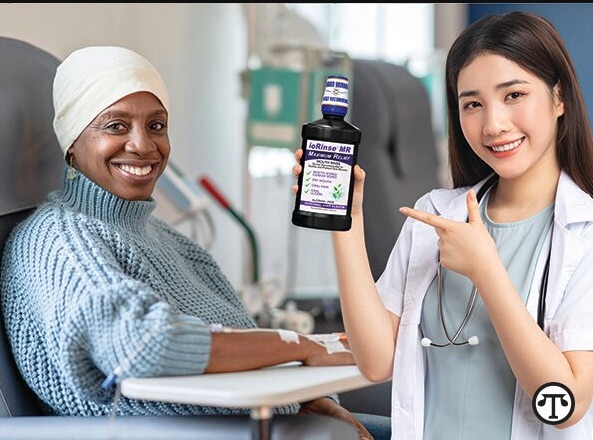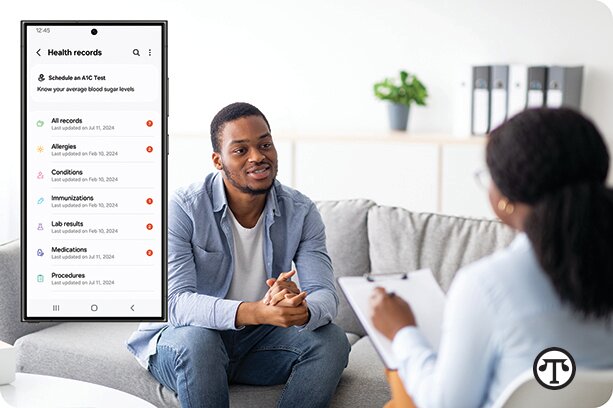FOR YOUR HEALTH: Denied Relief: Children with Migraine May Be Left Without the Treatment They Need
 This treatment offers children a way to manage migraine without drugs or side effects—but getting it covered by insurance can be an uphill battle.
This treatment offers children a way to manage migraine without drugs or side effects—but getting it covered by insurance can be an uphill battle.
(NAPSI)—Migraine is a debilitating neurological disease that affects one billion people worldwide, but it is not just an adult disease. For the 1 in 10 children diagnosed with this complex and incurable condition, it can be a daily battle that affects academic performance, impacts friendships, and leads to diminished quality of life. And many struggle for years before receiving a proper diagnosis.
The Problem
Despite the lifelong consequence of untreated migraine, the landscape of evidence-based pediatric migraine care remains shockingly limited. Many prescription medications have not been evaluated in children or adolescents and were not originally developed for migraine treatment. In fact, only one migraine medication is FDA-approved for acute treatment in children as young as 8 years old, and no medications have been approved for preventive use in this age group. Additionally, they are often poorly tolerated, disruptive to normal activities, and require an adult to manage and properly administer medication to minimize adverse events.
An Answer
Fortunately, there is a non-drug alternative. Unfortunately, certain insurance companies are refusing to cover it. The Nerivio Remote Electrical Neuromodulation (REN) wearable is redefining what is possible for migraine care. It is the only FDA-cleared, non-drug treatment available for people with migraine ages 8 and above, offering both migraine relief and prevention. Despite its proven efficacy, many families face an insurmountable barrier: high cost due to lack of insurance coverage.
“Any treatment with evidence of efficacy is something I discuss with my patients,” says Dr. Ryan P. Williams MD, EDM, a pediatric neurologist and headache specialist with Children’s Specialty Group and Children’s Hospital of the King’s Daughters – a network of comprehensive pediatric services. “I have noticed more families are seeking effective, non-medication options, and the Nerivio REN wearable fits that need perfectly. However, the cost of the treatment without insurance coverage prevents many patients from accessing it. Of those I prescribe it to, only about half can afford to move forward.”
One Child’s Story
For Kieran Johnston, a 15-year-old migraine patient, non-drug treatment has been transformative. Migraine was an exhausting battle when relying on medications that left him nauseated and sometimes sleepy. The Nerivio REN wearable offered a way to manage his migraine disease without the systemic side effects of drugs. Using the treatment every other day for prevention and for relief when a migraine starts, Johnston has reduced his school absences from 6 or 7 days a month to just 1 or 2. He’s back to playing soccer and football with friends—activities he often missed when using migraine medication.
Still, Johnston’s family is paying out of pocket for this non-drug, non-disruptive treatment.
“We thought about stopping because it’s expensive,” says Johnston. “But it works so well that we decided to keep using it. I just wish it was covered by insurance for our family and so more kids like me could try it.”
Dr. Williams emphasizes that early and effective treatment can make a significant difference for pediatric patients, reducing the risk of developing chronic migraine later in life. “Insurance companies should cover all safe and effective treatment options, and the Nerivio REN wearable deserves to be one of those options, so we can not only treat early, but safely, effectively, and, if desired, without drugs.”
Families and healthcare providers alike are urging insurance companies to take notice and prioritize evidence-based, non-drug treatments for migraine. With growing evidence and real-world success stories, many believe it’s time for insurers to provide equitable access for drug-free options, including the Nerivio REN wearable.
Learn More
Patients, caregivers, and advocates can visit NerivioCovered.com for resources to help fight for better coverage and close the gap in pediatric migraine care.


 An ingenious new rinse can provide relief from mouth sores and ulcers due to cancer treatment.
An ingenious new rinse can provide relief from mouth sores and ulcers due to cancer treatment. You may be able to get more health care at less cost.
You may be able to get more health care at less cost.
 By using a new app, you can take charge of your well-being, make more informed choices, and stay on top of your health with ease.
By using a new app, you can take charge of your well-being, make more informed choices, and stay on top of your health with ease. You can protect your baby even before he or she is born by getting vaccinated against RSV while pregnant.
You can protect your baby even before he or she is born by getting vaccinated against RSV while pregnant. If you struggle with mental health issues, a simple test can help your clinician if they are considering medication as a course of treatment.
If you struggle with mental health issues, a simple test can help your clinician if they are considering medication as a course of treatment. Once properly diagnosed, thyroid disease can be treated in many ways.
Once properly diagnosed, thyroid disease can be treated in many ways.
 As you set your 2025 goals, don’t forget one resolution that can transform every aspect of your health and happiness: better sleep. Rest isn’t just a luxury – it’s essential for achieving your wellness ambitions. This year, make restorative sleep the cornerstone of your resolutions.
As you set your 2025 goals, don’t forget one resolution that can transform every aspect of your health and happiness: better sleep. Rest isn’t just a luxury – it’s essential for achieving your wellness ambitions. This year, make restorative sleep the cornerstone of your resolutions.